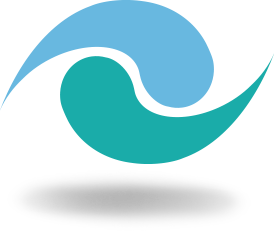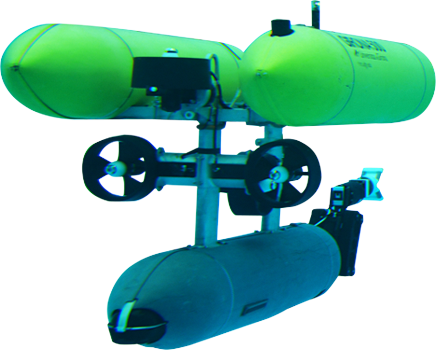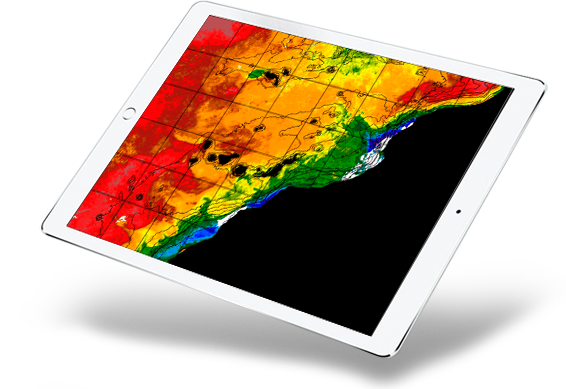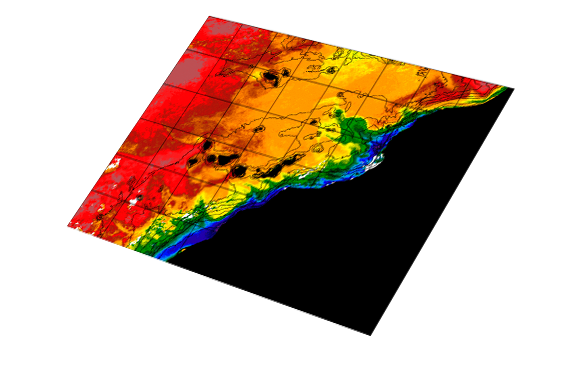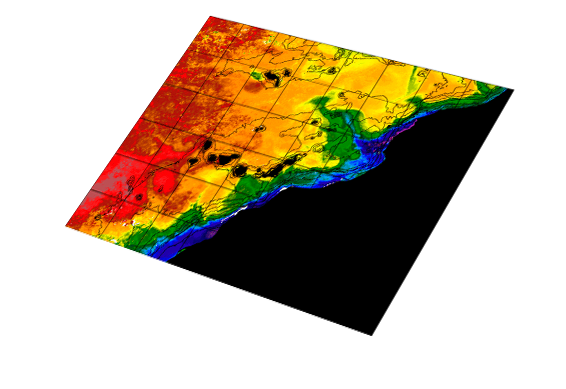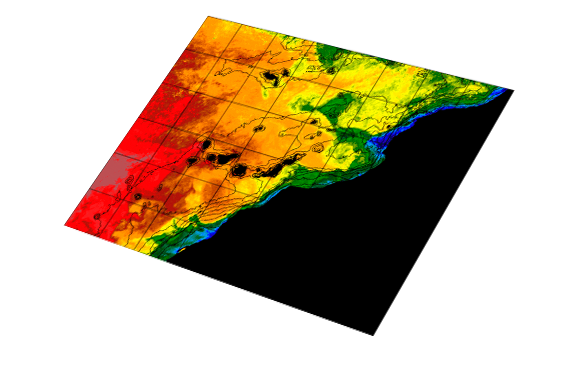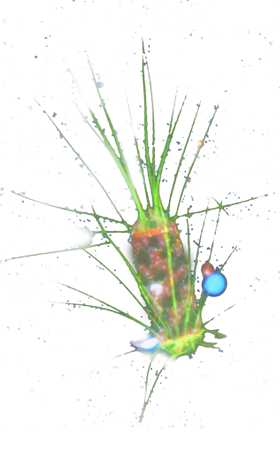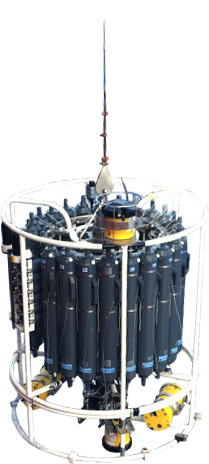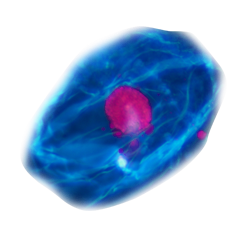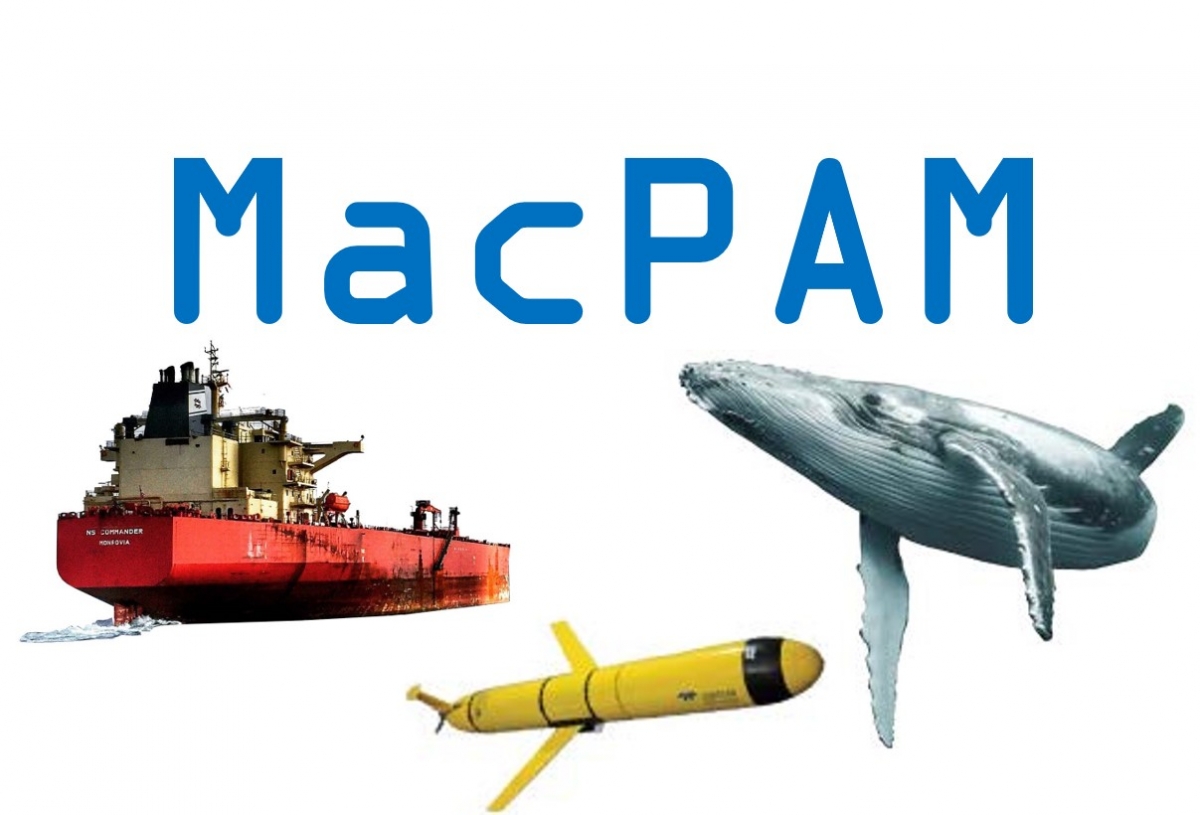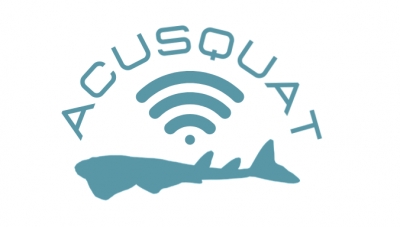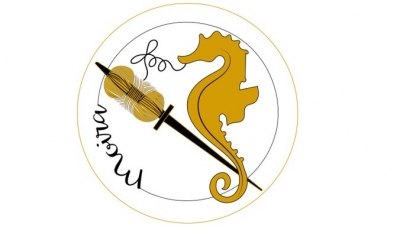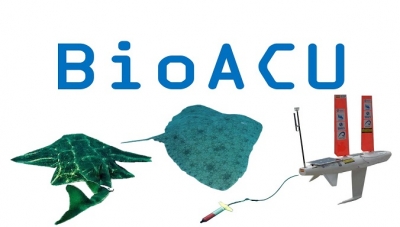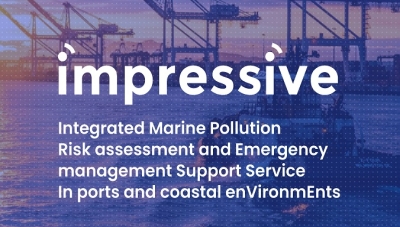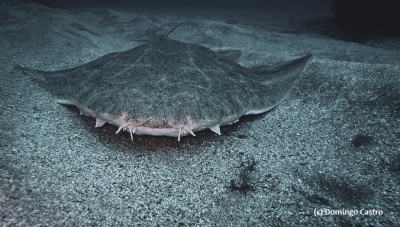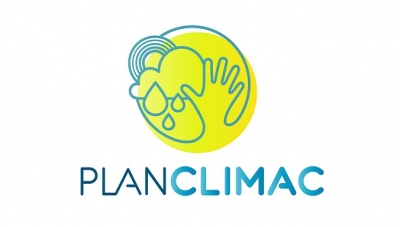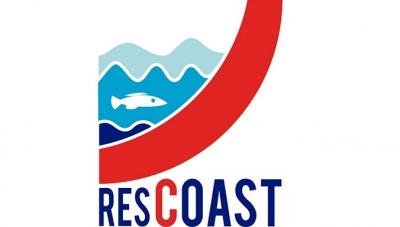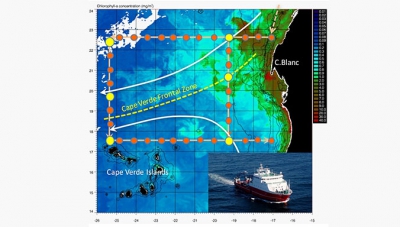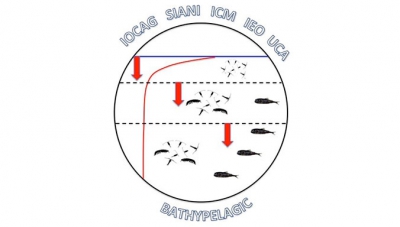“Passive Acoustic Monitoring system for registering marine noise and cetacean presence in Macaronesia with autonomous underwater vehicles (AUV)”
The MacPAM subproject is one of the integral parts of the “CanBIO programme: Climate Change, ocean acidification and underwater noise monitoring network in the Canary Islands; and their connections with biodiversity and marine ecosystems”, promoted jointly by Loro Parque Foundation and the Regional Government of the Canary Islands.
This, in turn, is also connected with the “BuoyPAM subproject: Passive Acoustic Monitoring system for the acoustic environment and detection of biological activity in buoys”. This way, the records of the acoustic environment in coastal zones will be complemented with the technology developed and integrated into the AUVs.
General objective:
To develop an open design and low consume Passive Acoustic Monitoring (PAM) system through its integration on board SLOCUM G2 underwater gliders.
The purpose of this kind of studies with autonomous vehicles is to be able to implement a regular monitoring system for both the underwater acoustic environment and noise, as well as their relation with cetacean presence at the regional scale of Macaronesia.
Specific objectives:
1. Development of an open design and low consume Passive Acoustic Monitoring (PAM) system –in collaboration with the Research Group on Signal Theory and Communications of the University of La Laguna–.
2. Integration of the system in SLOCUM G2-type underwater gliders –work entirely developed by SITMA–.
3. Elaboration of maps on the acoustic environment, marine noise and cetacean presence around the Canary Islands (first stages) and in large areas of the Macaronesia (from the third year on) –joint work between SITMA and LPF¬–.
4. Communication, education and dissemination of the project results –developed by LPF with the collaboration of SITMA–.
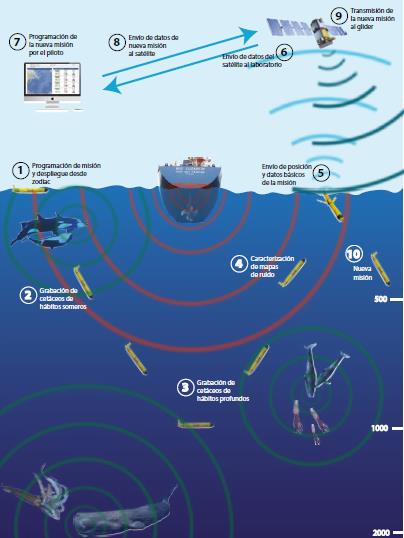
Geographic scope:
MacPAM will complete its first stages across the waters surrounding the Canary Islands and, once all the involved technology has been integrated and tested, wider areas of the Macaronesia will be included from the third year on. During the fourth year a long mission is foreseen, with the aim of covering all the archipelagos from North to South (from Azores to Cape Verde, passing by Madeira, the Selvagens Islands and the Canary Islands).
Duration: January 2019 – December 2022
The foreseen total duration of the project is 4 years, divided into extendable annual stages from the 1st January 2019.





